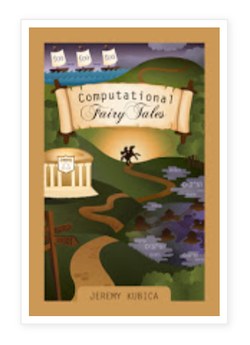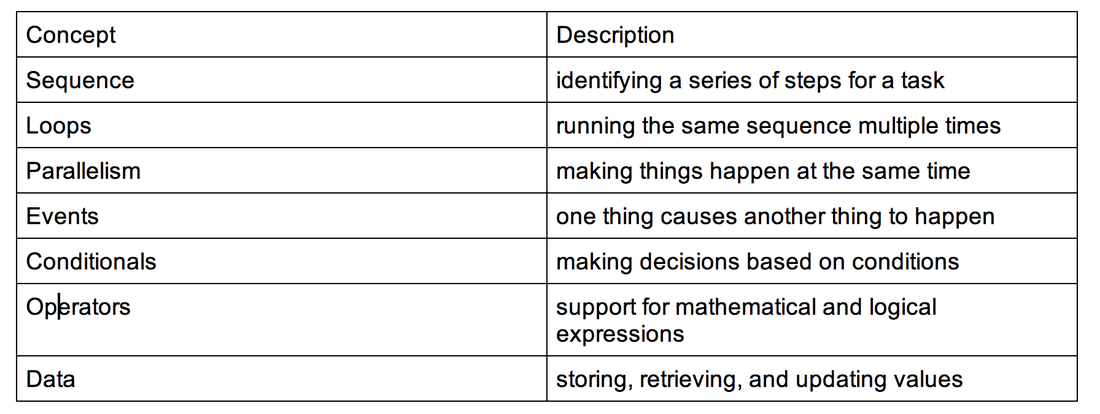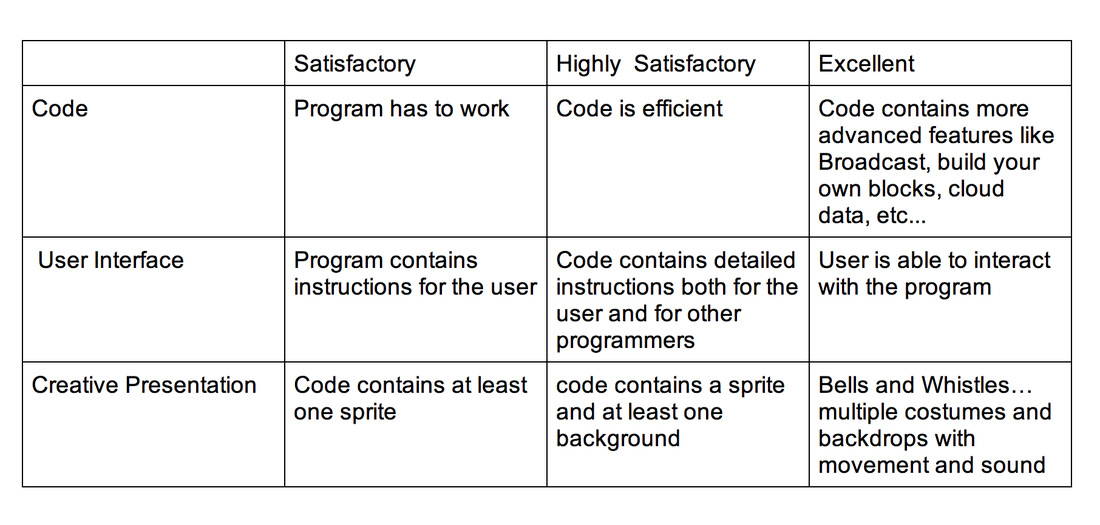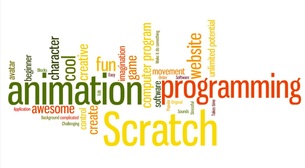The end of the 6th grade first rotation is quickly approaching. I must say that the past 12 weeks have been the fastest on record. Hard to imagine, but I will actually miss my students!
Over the course of the rotation, we have explored a lot of computer concepts together. Their final "task/challenge" is to combine all of the pieces into one "Mangnum Opus". The basic premise of the culminating program is to create a game that will help students practice their math facts (addition & multiplication). The students had the freedom to decide what format they wanted to engage the user, thus letting their creativity have free range.
The variety of projects speak for themselves. The students learned a wide assortment of computing concepts and computational practices over during the rotation. They have successfully begun the process of identifying themselves as computer scientists. They are now ready to begin exploring more advanced concepts. I hope they avail themselves of the opportunity and continue to study computer science. They now have a strong foundation for their future programming experiences in high school.
Below is a few sample programs from the final project. Group A & Group B studios contain a link to all of the projects. I strong recommend that you take some time to not only try out the programs but to peak "under the hood"
Over the course of the rotation, we have explored a lot of computer concepts together. Their final "task/challenge" is to combine all of the pieces into one "Mangnum Opus". The basic premise of the culminating program is to create a game that will help students practice their math facts (addition & multiplication). The students had the freedom to decide what format they wanted to engage the user, thus letting their creativity have free range.
The variety of projects speak for themselves. The students learned a wide assortment of computing concepts and computational practices over during the rotation. They have successfully begun the process of identifying themselves as computer scientists. They are now ready to begin exploring more advanced concepts. I hope they avail themselves of the opportunity and continue to study computer science. They now have a strong foundation for their future programming experiences in high school.
Below is a few sample programs from the final project. Group A & Group B studios contain a link to all of the projects. I strong recommend that you take some time to not only try out the programs but to peak "under the hood"





 RSS Feed
RSS Feed